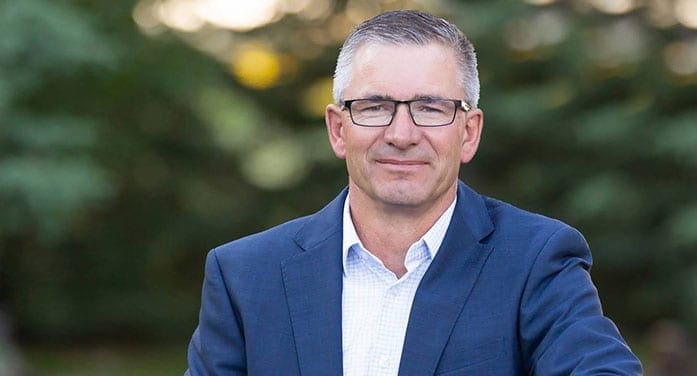 Alberta’s Budget 2021 blew the roof off spending restraint, leaving taxpayers with a simple question: businesses and families have found ways to save money during the pandemic and downturn, so why is the Alberta government the only place that can’t find savings?
Alberta’s Budget 2021 blew the roof off spending restraint, leaving taxpayers with a simple question: businesses and families have found ways to save money during the pandemic and downturn, so why is the Alberta government the only place that can’t find savings?
To be fair to Finance Minister Travis Toews, he is finding some savings this year in wildly inefficient departments such as Advanced Education, where he will have trimmed more than $300 million since taking over. Alberta spends $36,510 per college and university student. That’s about $10,000 more than other similar provinces.
Through freedom of information requests, the Canadian Taxpayers Federation discovered nearly 8,500 employees at the University of Calgary and Alberta that received a raise during lockdowns in 2020. Pay raises going back to 2015 totaled $154 million.
It’s inefficiencies like this that led the Blue Ribbon Panel to conclude that Alberta would spend $10 billion less every single year if our per person spending matched spending in British Columbia, Ontario and Quebec.
That’s why Toews’ top-line spending figure is such a headscratcher. In 2021, the government is expected to spend $62 billion. For comparison, the New Democrats spent $56 billion in its final year. Even after accounting for inflation and population growth, the United Conservatives are going to out-spend the NDP.
Let thank sink in.
During his time in Opposition, Premier Jason Kenney called the NDP’s 2018 budget a “fiscal train wreck.”
Now his UCP government is spending more than the NDP.
Following the NDP’s 2018 budget, Kenney rightly pointed out that finding savings is “not difficult in the most expensive provincial government in Canada.”
That’s why Budget 2021 leaves taxpayers with the impression that the government isn’t even trying to find savings.
Even in health care, Kenney and Toews would be able to find savings if they looked hard enough.
The CTF discovered more than 900 management bureaucrats on Alberta Health Service’s sunshine list in 2019 because they make more than $132,924. These aren’t frontline workers giving out vaccines. The list included 11 vice presidents, 571 directors, 204 managers, along with other management-type bureaucrats.
At $677,785 in total compensation, President and CEO Verna Yiu is making more than $200,000 more than her counterpart in Saskatchewan.
Do Albertans really need 900 management bureaucrats on AHS’ sunshine list?
Given the extent of the spending problem, the Alberta government should be able to find big savings in every department outside of health care.
So then why is the Executive Council’s budget increasing by $2 million this year? That’s the premier’s shop. Albertans need to see leadership from Kenney on savings, but he’s not even finding savings right under his nose. It’s a safe bet that there aren’t many Albertans laying awake at night worrying that the premier’s Executive Council doesn’t have enough cash.
Big spending means more debt that will need to be paid back. This year the debt is expected to reach $116 billion. Interest on the debt will total $2.8 billion, which will cost each Albertan $600. That’s not going to health care or lower taxes. That’s going into the pockets of bond fund managers on Bay Street.
Albertans should be concerned that if the government doesn’t get serious about finding savings, it will start looking to families to cover its tab. Toews again alluded to forming a tax panel in his budget speech.
“A third-party review of the efficiency and appropriateness of our revenue structure will be important in the future,” said Toews.
After more than a decade of runaway spending, it’s disappointing to see a lack of effort from this government to tighten its belt like everyone else. These are challenging times, but taxpayers shouldn’t let Kenney and Toews off the hook for their lack of effort.
Franco Terrazzano is the Alberta Director of the Canadian Taxpayers Federation.
Franco is one of our Thought Leaders. For interview requests, click here.
The views, opinions and positions expressed by columnists and contributors are the author’s alone. They do not inherently or expressly reflect the views, opinions and/or positions of our publication.

